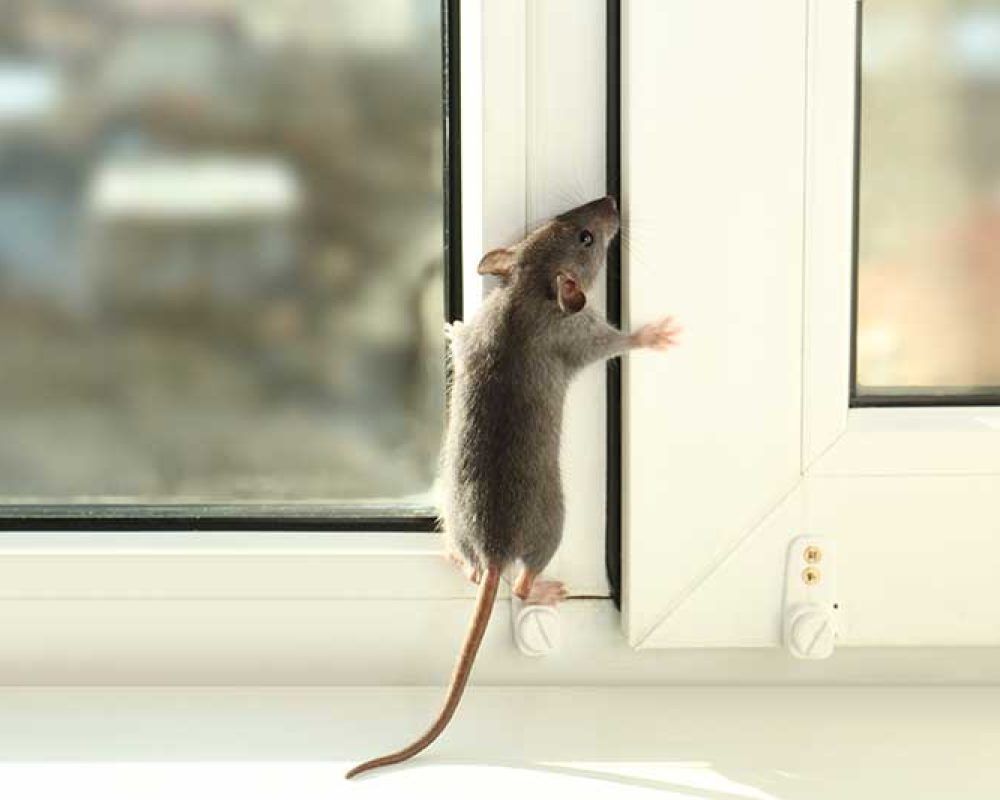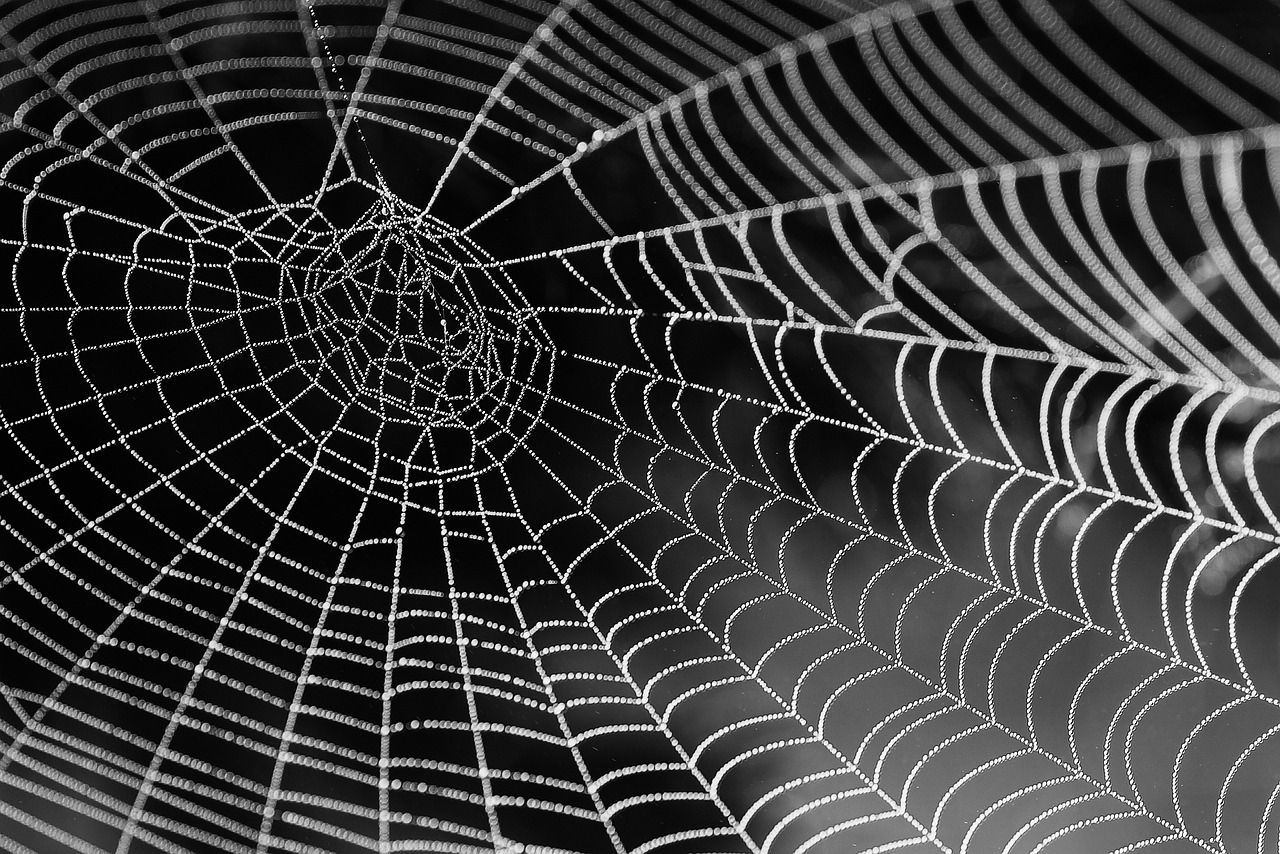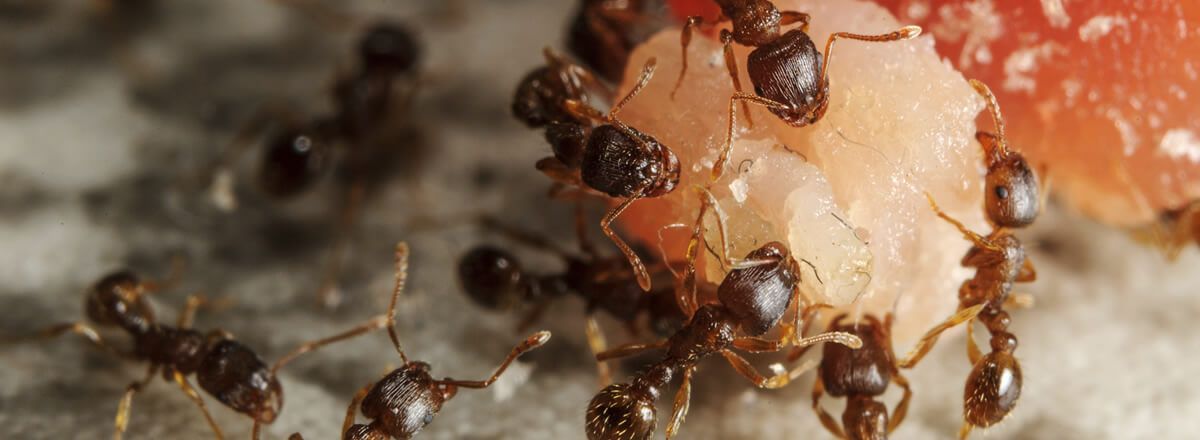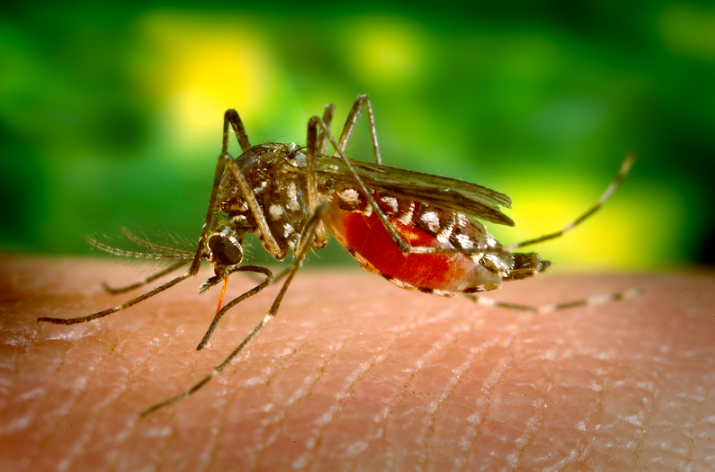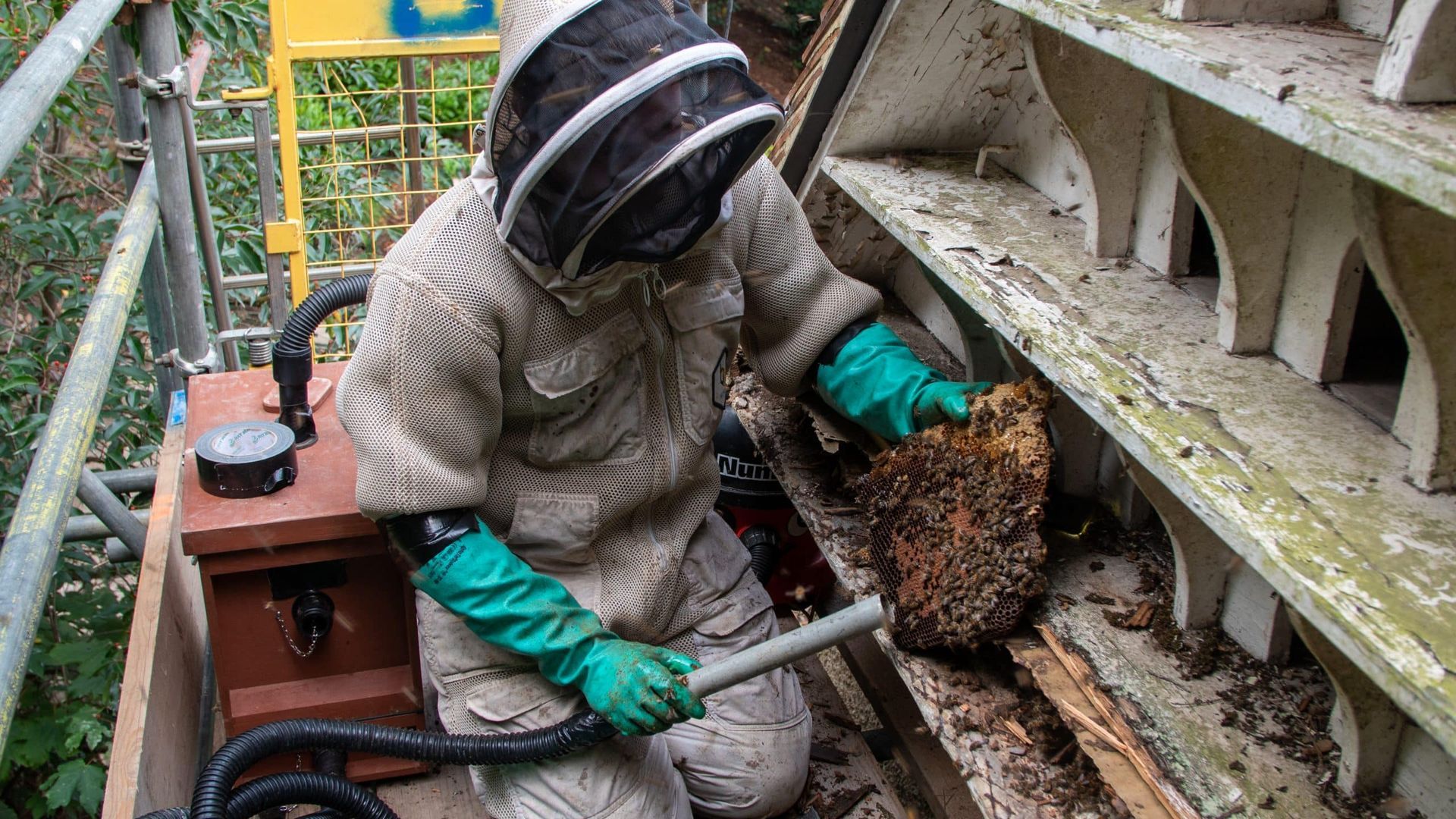The Fascinating World of Ladybugs
This is a subtitle for your new post
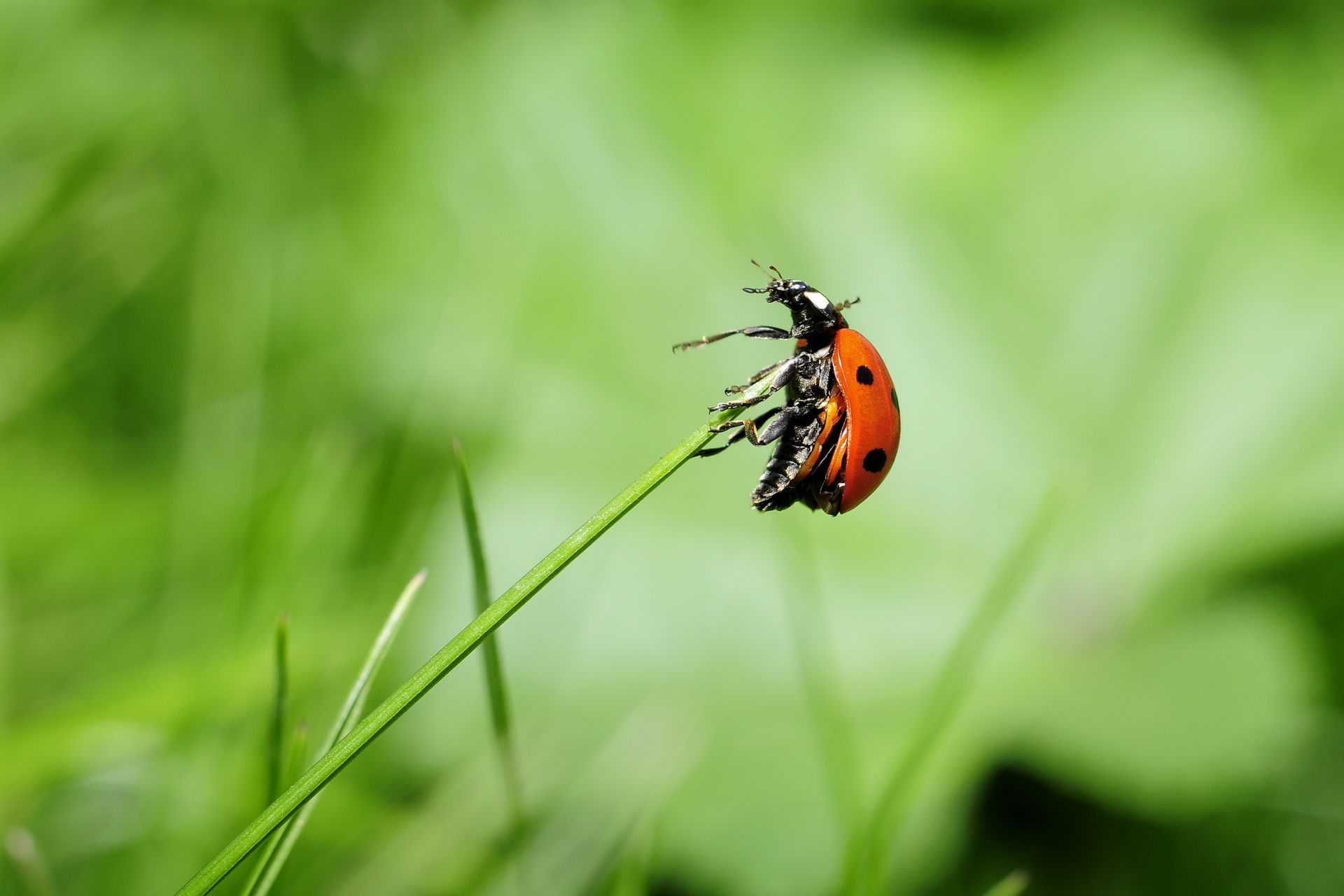
When we think of ladybugs, we often imagine cute and colorful insects with tiny black spots on their wings. These small but remarkable creatures have long been a favorite among children and nature enthusiasts alike. But did you know that there is more to ladybugs than meets the eye? Let's explore the fascinating world of ladybugs together.
Scientifically known as Coccinellidae, ladybugs are beetles belonging to the family Coccinellidae. There are around 5,000 known species of ladybugs worldwide, and they can be found in various colors, patterns, and sizes. While the most common species have a red or orange body with black spots, some ladybugs may have a yellow, white, or even black shell. Their distinct colors serve as a defense mechanism, as they ward off potential predators by appearing poisonous or unappetizing.
One of the most interesting aspects of ladybugs is their eating habits. They are voracious predators and feed on aphids, mites, and other small insects that can harm plants. Farmers, gardeners, and homeowners appreciate ladybugs for their natural pest control capabilities. A single ladybug can consume hundreds of aphids in just one day, making them valuable allies in maintaining a healthy ecosystem.
Ladybugs also have an intriguing life cycle. Like most insects, they undergo a complete metamorphosis, which consists of four distinct stages: egg, larva, pupa, and adult. After mating, a female ladybug can lay hundreds of tiny yellow eggs on the underside of leaves or plant stems. Once the eggs hatch, the larvae come out hungry and ready to devour aphids. They go through multiple stages of molting, shedding their skin as they grow, until they reach the pupa stage. The pupa is the time when the transformation from larvae to adult takes place, and within a short period, a beautiful and fully formed ladybug emerges.
Another intriguing fact about ladybugs is their ability to hibernate. During the colder months, ladybugs seek refuge in sheltered locations such as under leaves, rocks, or even inside houses. They go into a dormant state known as diapause, where their metabolic activities slow down significantly to conserve energy. If you spot a ladybug indoors during winter, consider gently releasing it outside, as they may be confused and searching for a suitable overwintering site.
Ladybugs hold a special place in many cultures and have various folklore associated with them. In several countries, including the United States, ladybugs are considered a symbol of good luck. Finding one on your body or in your home is believed to bring joy, prosperity, and even a forthcoming marriage. Many people even release ladybugs at their weddings as a symbol of good fortune.
In recent years, ladybugs have faced some challenges due to habitat loss and the usage of pesticides. Conservation efforts have focused on protecting and promoting ladybug populations to maintain the delicate balance in ecosystems. Some individuals and organizations have even started ladybug-friendly gardens, providing a safe haven for these beneficial insects.
Next time you encounter a ladybug, take a moment to appreciate the beauty and significance of this tiny creature. From their vibrant colors and intricate life cycle to their invaluable role in natural pest control, ladybugs are more than just charming insects. They are nature's allies, silently working to protect our plants and crops while adding a touch of magic to our world. So, let's celebrate these delightful creatures and ensure they continue to thrive in our environment.


